In an era where precision is paramount, the ability to accurately gauge distances has become increasingly crucial across diverse fields. Pocket rangefinders, compact marvels of modern technology, have revolutionized how we measure distances, offering portability and accuracy in a handheld device. From the meticulous golfer seeking to perfect their swing to the hunter aiming for a precise shot, and even the surveyor needing to map terrain, pocket rangefinders have become indispensable tools. Their appeal lies not only in their accuracy but also in their compact design, making them easy to carry and use in various environments. This article delves into the intricacies of pocket rangefinders, exploring their functionality, accuracy, performance, and the best models available on the market.

What is a Pocket Rangefinder?
A pocket rangefinder is a handheld device that uses laser technology to determine the distance to a target. At its core, it functions by emitting a laser pulse, which reflects off the target and returns to the device. The golf rangefinder then calculates the distance based on the time it takes for the pulse to travel to the target and back.
Key components and technologies employed in pocket rangefinders include:
- Laser Diode: Emits the laser pulse.
- Optical System: Consists of lenses and prisms that focus and direct the laser beam and received reflection.
- Receiver: Detects the reflected laser pulse.
- Microprocessor: Calculates the distance based on the time-of-flight of the laser pulse.
- Display: Shows the calculated distance.
Unlike traditional rangefinders, which might be larger and require more complex setups, pocket rangefinders prioritize portability and ease of use. This miniaturization is achieved through advancements in laser technology and microelectronics, allowing for high accuracy in a compact form factor.
What are the Accuracy and Range of Pocket Rangefinders?
The typical range capabilities of pocket rangefinders vary depending on the model and intended use. Short-range models may offer distances of up to 500 yards, while mid-range models can reach distances of 1000 to 1500 yards. Long-range models, often used for hunting or surveying, can extend to 2000 yards or more.
However, achieving the maximum range and accuracy depends on several factors:
- Weather Conditions: Rain, fog, and snow can interfere with the laser beam, reducing range and accuracy. Clear, dry conditions are ideal for optimal performance.
- Target Type: Reflective targets provide better returns than non-reflective ones. For example, a reflective flag on a golf course will yield more accurate readings than a tree.
- Stability: Handheld rangefinders require a steady hand. Any movement can affect the accuracy of the measurement. Some models include tripod mounts for increased stability.
- Atmospheric Conditions: Changes in air density can also affect the laser's path.
Comparing different models reveals a range of precision. High-end models often boast accuracy within +/- 1 yard, while budget-friendly options may have a tolerance of +/- a few yards. Models with advanced processors and high-quality optics tend to provide the most consistent and accurate readings.

How is the Performance of Pocket Rangefinders in Low Light Conditions?
Low-light conditions present a significant challenge for any optical device, including pocket rangefinders. However, manufacturers have incorporated several features to enhance performance in these environments.
- Illuminated Display: Many models feature backlit displays that ensure readability in low-light conditions. This is crucial for early morning or late evening use.
- Multi-Coated Lenses: These lenses reduce glare and improve light transmission, enhancing visibility and clarity.
- Enhanced Receiver Sensitivity: Some advanced models feature receivers with increased sensitivity, allowing them to detect fainter reflected laser pulses.
Despite these enhancements, limitations remain. Extremely dark conditions may still hinder performance. Workarounds include using models with higher magnification, which can help locate targets more easily or utilizing rangefinders with night vision compatibility, though these are less common in standard pocket models.
Pocket Rangefinder with Angle Compensation – Is It Necessary?
Angle compensation is a crucial feature that calculates the true horizontal distance to a target, accounting for the angle of elevation or declination. This technology is particularly useful in scenarios where targets are located on slopes or inclines.
- Hunting: For hunters operating in mountainous or hilly environments, angle compensation is paramount. Bullet drop is directly influenced by the true horizontal distance, not the straight-line distance to the target. Without accurate compensation, shots are prone to overshooting or undershooting, potentially resulting in missed opportunities or unethical kills.
- Golf: Golf courses with significant elevation changes present challenges in club selection. Angle compensation provides golfers with the "play-as" distance, the effective distance adjusted for slope. This allows for more accurate club selection and improved shot accuracy, leading to better scores.
- Tactical Applications: In military and law enforcement contexts, precise range estimation in diverse terrains is crucial. Angle compensation ensures that operators can accurately determine the distance to targets, even when operating in uneven landscapes. This accuracy is essential for effective targeting and mission success.
While rangefinders equipped with angle compensation typically command a higher price point, the added precision and versatility they offer are often considered a worthwhile investment. For individuals who frequently encounter angled targets, whether in hunting, golfing, or tactical situations, angle compensation transitions from a luxury to a necessity.

Best Pocket Rangefinder Brands and Models
1. Gogogo Sport Vpro
Advantages:
- Cost-Effective: Offers advanced features at a budget-friendly price point.
- Versatile Use: Suitable for both golf and hunting applications.
- User-Friendly Design: Compact and lightweight for easy portability.
Features:
- Precise Distance Measurement: Equipped with a 7-degree field of view, the PocketPin 01 ensures clear and quick target acquisition with pinpoint accuracy, whether aiming at a distant flag or measuring course markers.
- Multiple Measurement Units: Supports yard, meter, and feet measurements to suit user preferences.
- Rechargeable Convenience: Features a Type-C charging port, allowing easy recharging via golf carts, power banks, or phone chargers, eliminating the need for battery replacements.
- Energy Efficiency: Includes an auto shutoff function that powers down the device after 8 seconds of inactivity, conserving battery life during play.
Best For:
- Golfers and hunters seeking an affordable yet feature-rich rangefinder.
- Users who prefer the convenience of rechargeable devices.
- Those who value versatility and precision in distance measurement.
For more information, visit the Gogogo Sport Vpro PocketPin 01 product page.

2. Bushnell
Advantages:
- Trusted Brand: Renowned for high-quality optics and reliable performance.
- Innovative Features: Incorporates advanced technologies for improved accuracy.
- Durable Construction: Designed to withstand various environmental conditions.
Features:
- Slope Compensation: Models like the Pro X2 and V5 Shift offer slope-adjusted distances, aiding in more accurate shots on uneven terrain.
- JOLT Technology: Provides tactile feedback when the target is locked, ensuring confidence in measurements.
- Dual Display Technology (DDT): Allows users to toggle between bright red or crisp black display settings for optimal visibility in different lighting conditions.
Best For:
- Golfers seeking precise distance measurements with slope adjustment capabilities.
- Users who appreciate tactile feedback for target confirmation.
- Those requiring a robust and feature-rich rangefinder for varied conditions.
3. Leica
Advantages:
- Exceptional Optics: Delivers superior clarity and brightness.
- High Precision: Offers accurate measurements over long distances.
- Robust Build: Constructed for durability and longevity.
Features:
- Rangemaster CRF Series: Provides distance measurements up to 2,400 yards with remarkable accuracy.
- Scan Mode: Allows continuous measurement of moving targets, beneficial for dynamic environments.
- Compact Design: Ergonomically designed for comfortable handling and portability.
Best For:
- Professionals and enthusiasts who demand top-tier optical performance.
- Long-range shooters and hunters require precise distance assessments.
- Users are willing to invest in premium quality and durability.
Note: Leica rangefinders are positioned at a higher price point, reflecting their advanced features and superior craftsmanship.
Each brand offers a unique set of features and benefits, catering to different needs and budgets. When choosing a rangefinder, consider factors such as intended use, budget, and desired features. Reading reviews and comparing specifications can help in making an informed decision.
In Summary
Pocket rangefinders have revolutionized distance measurement, offering unparalleled convenience and accuracy in a compact form factor. Whether for golfing, hunting, surveying, or other applications, these devices provide essential data that enhances precision and efficiency. From budget-friendly models that offer basic functionality to premium devices with advanced features like angle compensation, the market caters to a wide range of needs and preferences. By understanding the key components, accuracy considerations, and brand specialties, users can select a pocket rangefinder that perfectly aligns with their requirements, ensuring precision is always within reach. The evolution of this technology continues to refine its capabilities, promising even greater accuracy and versatility in the future.

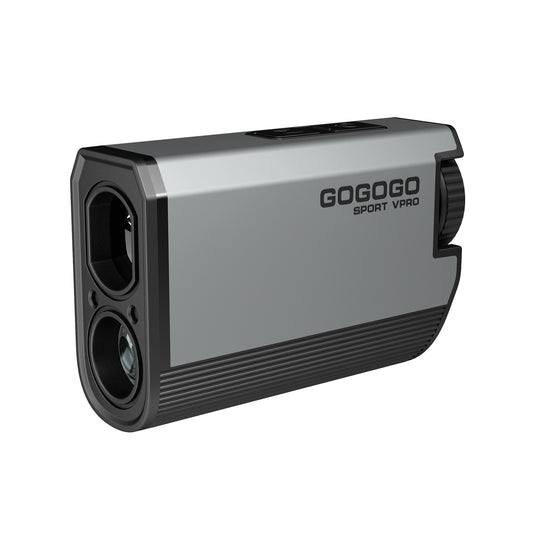
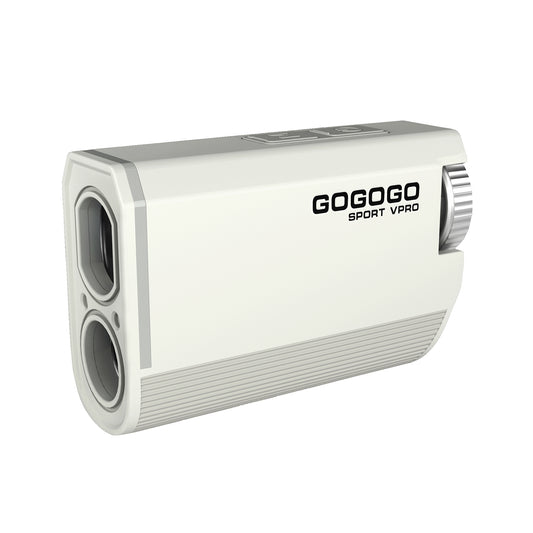
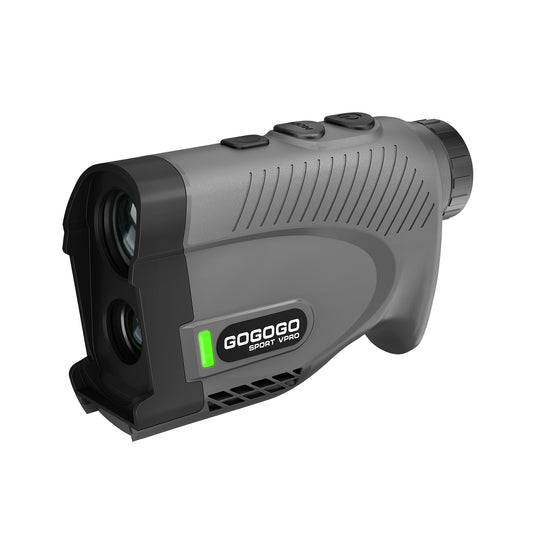
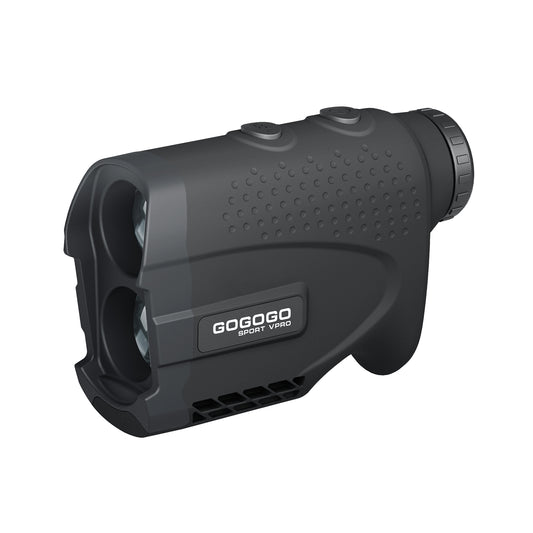


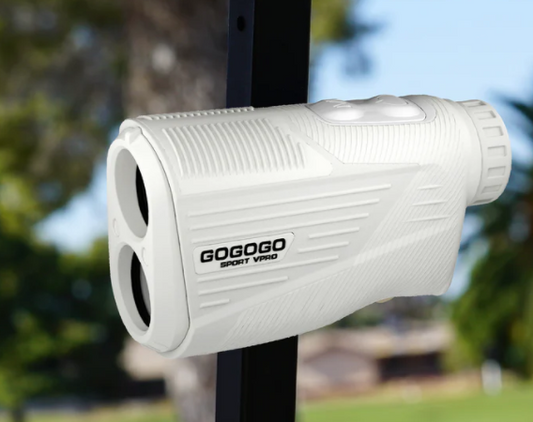

![[2025] The Ultimate Guide to Pinseeker Rangefinders for Golfers](http://gogogosport.com/cdn/shop/articles/gogogo_sport_vpro_pinseeker_rangefinder.png?v=1757993796&width=533)